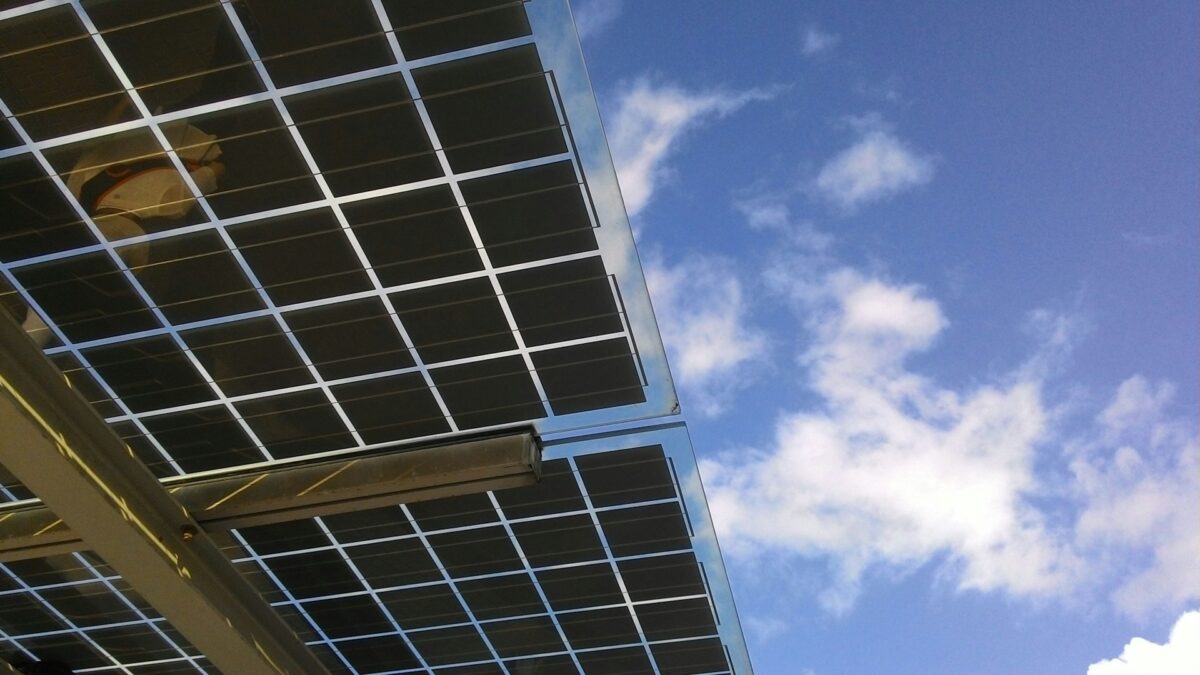Harnessing HVAC Units: A New Frontier in Clean Energy
In the heart of American neighborhoods, the constant hum of HVAC (heating, ventilation, and air conditioning) units is a familiar sound. With 89% of households in the U.S. equipped with these systems, they have become an integral part of modern living. Most residential setups utilize a split system, comprising both indoor and outdoor components. The indoor unit features evaporator coils, air filters, and a blower to circulate air, while the outdoor unit condenses refrigerant and dissipates heat through a running fan. However, for decades, the wind energy generated by these outdoor fans has gone largely untapped, representing a significant waste of potential energy.
A Breakthrough in Energy Efficiency
Recent research from the Distance University of Madrid has opened the door to a revolutionary approach to harnessing this overlooked energy source. In a study published in the scientific journal Nature, researchers Isabel Gil-García, Ana Fernández-Guillamón, and Álvaro H. Montes-Torres explored the feasibility of converting "artificially generated wind gusts" from HVAC systems into clean electricity using small wind turbines. Their innovative approach could transform the way we think about energy consumption in residential and commercial settings.
The Study: Testing the Theory
To validate their hypothesis, the team applied small vertical turbines to chillers at a data center in Colombia. This facility operated three chiller units—one that rotated weekly and two that ran continuously to cool computer equipment. The study revealed that the 16 fans of these chillers consumed a total of 336.39 MWh (megawatt-hours) annually but generated a net electricity output of 467.6 MWh. Even after accounting for a 9% loss due to maintenance and unplanned downtime, the data center achieved a surplus of 131.2 MWh of energy. This surplus could be harnessed by the small vertical turbines, providing renewable energy to the electrical grid or powering the HVAC system itself.
A Global Solution for Energy Needs
The implications of this research are profound. The scientists suggest that the technology could be easily adapted for HVAC units worldwide, potentially allowing these systems to generate their own clean energy. The researchers emphasized the urgency of finding new sources of clean energy, particularly in light of the pressing need to reduce global emissions. They noted the significant advancements in wind technology over the past decade, including innovations in both marine and terrestrial environments.
The Economic Viability of Wind Turbines on HVAC Units
While the initial investment for retrofitting HVAC systems with micro wind turbines may seem steep—estimated at $123,101 for nine turbines, installation, and equipment—the researchers argue that the long-term benefits outweigh the costs. With an estimated lifespan of 20 years and an annual maintenance cost of $1,109, the financial outlook improves significantly after three years. The projected internal rate of return stands at an impressive 50.69% over two decades, making this solution not only environmentally sustainable but economically viable as well.
A Call to Action
The researchers concluded their study with a powerful message: by adopting proactive policies and fostering innovation, we can significantly reduce our environmental impact, save energy, and pave the way for a more sustainable future. The potential for HVAC systems to contribute to clean energy generation is not just a theoretical concept; it represents a tangible opportunity to harness the power of everyday technology for the greater good.
Conclusion
As we continue to grapple with the challenges of climate change and energy consumption, the findings from the Distance University of Madrid serve as a reminder of the untapped potential that exists within our current infrastructure. By reimagining how we utilize HVAC systems, we can transform them from mere energy consumers into active contributors to a cleaner, more sustainable world. The journey toward a greener future may very well begin in our backyards, powered by the very systems designed to keep us comfortable.



